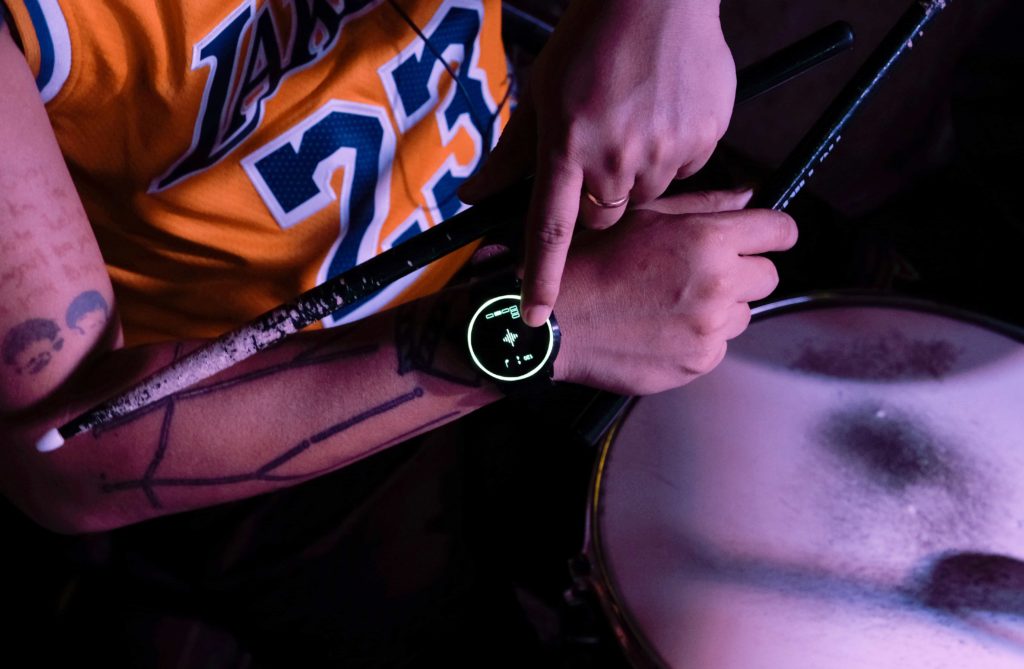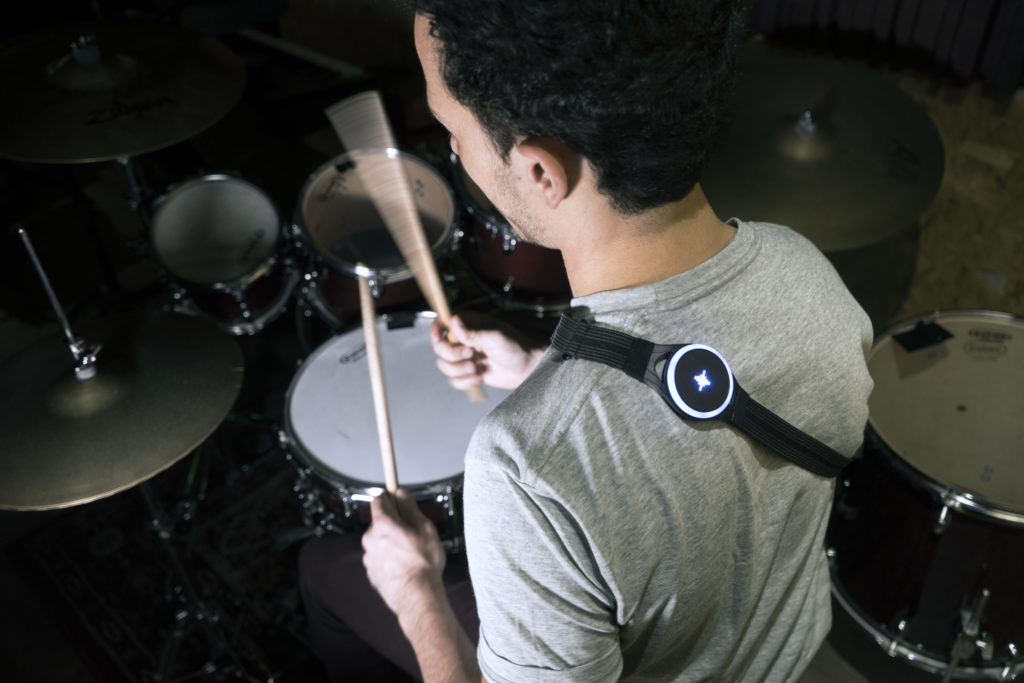
Auditory metronomes have been the norm for several centuries, but we believe there’s room for improvement.
The great pianist Leon Fleisher said, of the three elements of music — melody, harmony, and rhythm — rhythm is the most important. That’s because rhythm is what moves the music forward in time, and without the passage of time, music cannot exist.
Rhythm (often) demands regularity — and the metronome gives you exactly that: it’s an unbiased device that gives you a regular, truthful pulse.
As musicians, we strive to be regular on time. (Even if the music calls for speeding up or slowing down, the rate of change should happen consistently.) This is especially significant when you play with other people — you might be playing different things on different instruments, but your timing is what unites you.
Not sure if you tend to rush or drag? The metronome will tell you. Not sure if you’re playing those sixteenth notes evenly? Check them against the metronome. Want to stretch time, and push and pull around the beat? Sure, but you have to make sure your foundational beat stays regular.

Auditory metronomes have been the norm for several centuries, but there’s room for improvement. Vibrating metronomes exist these days (like the Soundbrenner Pulse), and there are many reasons to go for these over your auditory metronome.
Firstly, by replacing the click with vibration, you eliminate ear fatigue. Metronome regulars will know the familiar and endless “tick-tick-tick” of the metronome. This can be extremely annoying — not just for the person practicing, but for the people you live with too — and a major reason why people avoid the metronome.
With a vibrating metronome that’s wearable, easy to control, and much less intrusive, the barriers to practicing with a metronome are drastically reduced.
Secondly, it lets you hear your playing unpolluted by another sound. Often with an audible metronome, our ears are more focused on making sure we line up with the beat, and we get distracted from how we actually sound. A vibrating metronome frees your ears while allowing you to check your timing: you hear yourself loud and clear, and you feel the beat loud and clear.
Of course, feeling the beat through vibration also gets around the problem of not hearing the metronome, especially when you’re playing loudly.

Lastly, there’s typically so much emphasis on what we hear in music, we forget that playing music is a physical experience. With a vibrating metronome, you’re tapping into your haptic sense and a different part of your brain, engaging multisensory pathways. Music-making becomes a much more holistic experience: not only do you really feel the beat, but your body becomes much more connected to the music.
A vibrating metronome can transform your practice experience — and even the outcome of your practice. Find out more here!
Thanks for reading our article on “Why should you use a vibrating metronome?” We at Soundbrenner are dedicated to helping musicians stay focused on what truly matters: their music. By creating innovative devices, such as Soundbrenner Pulse and Core, our goal is to deliver the best possible practice experience for musicians. Click here to find out more.
Got a question about Soundbrenner wearables? Reach out to us at [email protected], we’re happy to help!